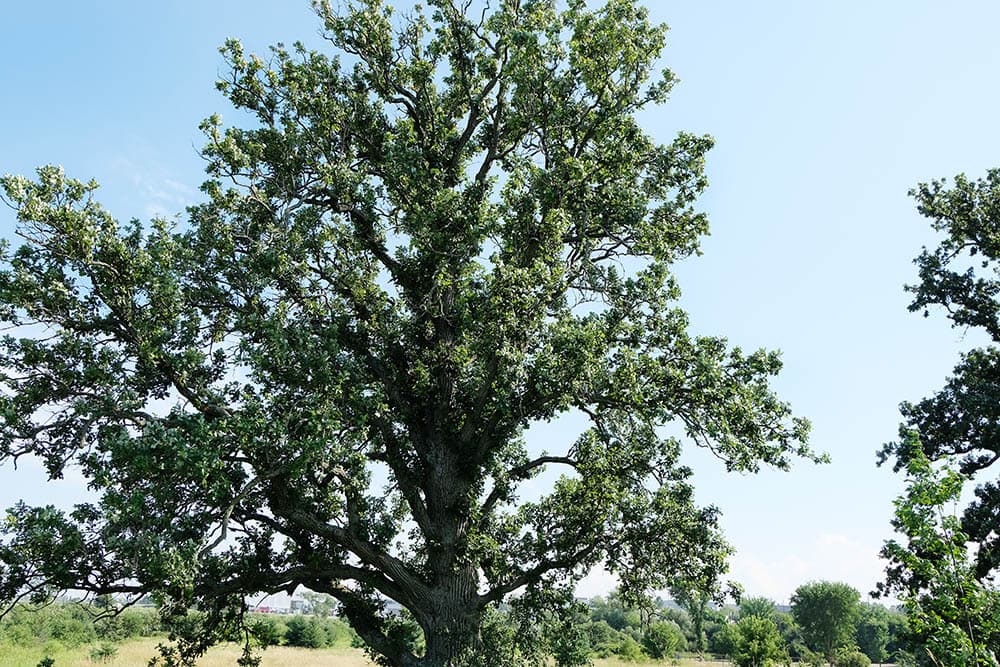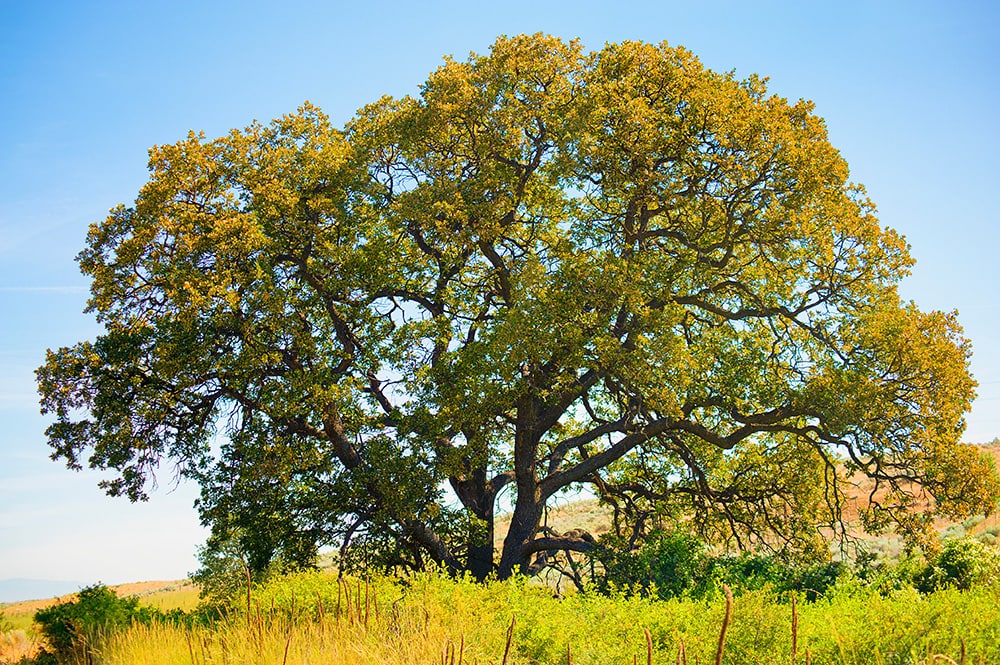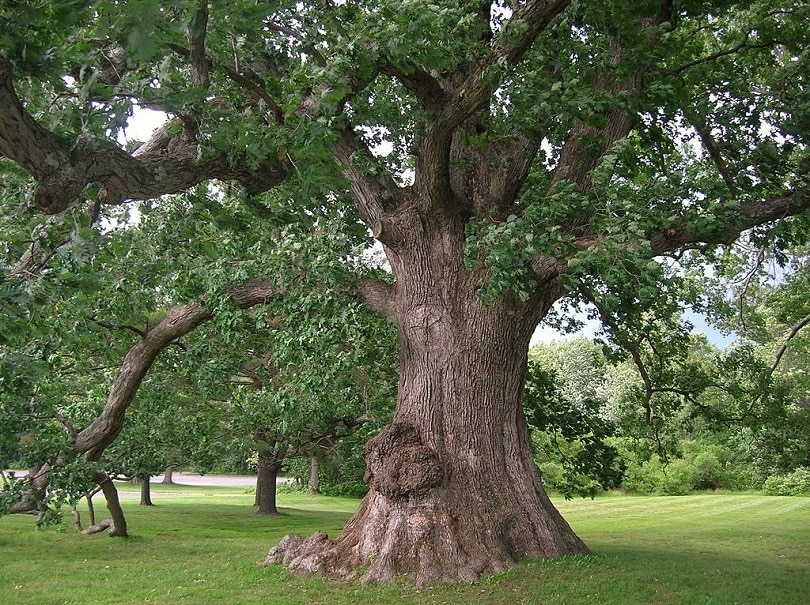What Is the State Tree of Iowa? History, Facts, & Symbols
-
Elizabeth Gray
- Last updated:

Those unfamiliar with Iowa may consider it a state full of flat farmland without a tree in sight. Much of Iowa is taken up by corn and soybean fields, but the state also contains a fair number of wooded areas. One of the most common inhabitants of Iowa forests, the oak, is also the official state tree of Iowa.
In this article, we’ll tell you how and when the state tree of Iowa was decided. We’ll also let you know some facts about oak trees in Iowa, as well as list the other official state symbols.
How the State Tree of Iowa Was Decided
The Iowa General Assembly named the state tree in 1961. According to the official state register, the oak tree was selected because it is found in nearly every wooded area of the state. In addition to being one of the most abundant tree species in Iowa, oaks are also one of the most important in local ecosystems.
Oak trees serve as a habitat and a critical food source for many native birds and wildlife. Acorns are a diet staple for squirrels, many songbirds, game birds, woodpeckers, chipmunks, and raccoons.

Oak Trees in Iowa
When deciding on the state tree, the General Assembly chose not to single out a specific oak species as the honoree. Iowa is home to 12 native oak species, listed below:
- White oak
- Pin oak
- Swamp white oak
- Bur oak
- Northern pin oak
- Black oak
- Chinkapin oak
- Dwarf chinkapin oak
- Shingle oak
- Blackjack oak
- Post oak
- Red oak
The only species found throughout Iowa is the bur oak, leading many to consider it the “unofficial” state tree. The 12 Iowa oak species are divided into two groups: red oaks and white oaks.
White oaks feature leaves with rounded lobes and acorns that only take one year to mature. Red oak leaves have an additional bristle tip on their lobes. Acorns from these species take two growing seasons to become fully mature and fall.
Iowa oaks are found in many different habitats, depending on the species. Most tolerate a wide range of soils, while others, like the swamp white oak, are found explicitly in wet soil along waterways.
While oaks are often used in landscaping, most grow pretty large, which limits some of their locations. Iowa oaks are susceptible to several tree diseases as well as damage from multiple insects.

Other Iowa State Symbols
Unlike some states, which have named everything from a state beverage to a state dog (like North Carolina with milk and the Plott hound, respectively), Iowa has only three state symbols besides the oak tree. These symbols are:
| State bird: | Eastern goldfinch |
| State flower: | Wild rose |
| State rock: | Geode |
All of the symbols were chosen because they are common throughout the state. Eastern goldfinches often brave cold Iowa winters rather than migrating south. The wild rose blooms during summer and is found all over Iowa. Geodes are rare and gorgeous rocks, and Iowa is one of the most prevalent global sources.
Conclusion
Given its beauty and importance to the state’s birds and animals, choosing the oak as the state tree of Iowa seems like an easy decision. Before adding one of the magnificent trees to their property, Iowa landowners should do some research. Oaks will grow best in locations and soil conditions closely matching their wild habitat. Once the trees become established, they are not easily transplanted, so proper location and spacing right from the start are essential.
See also:
- What Is the State Tree of Connecticut?
- What Is the State Tree of Vermont?
- What Is the State Tree of Alabama?
- Does Iowa Have a State Insect? What You Need To Know?
Featured Image Credit: TippyTortue, Shutterstock
Contents
